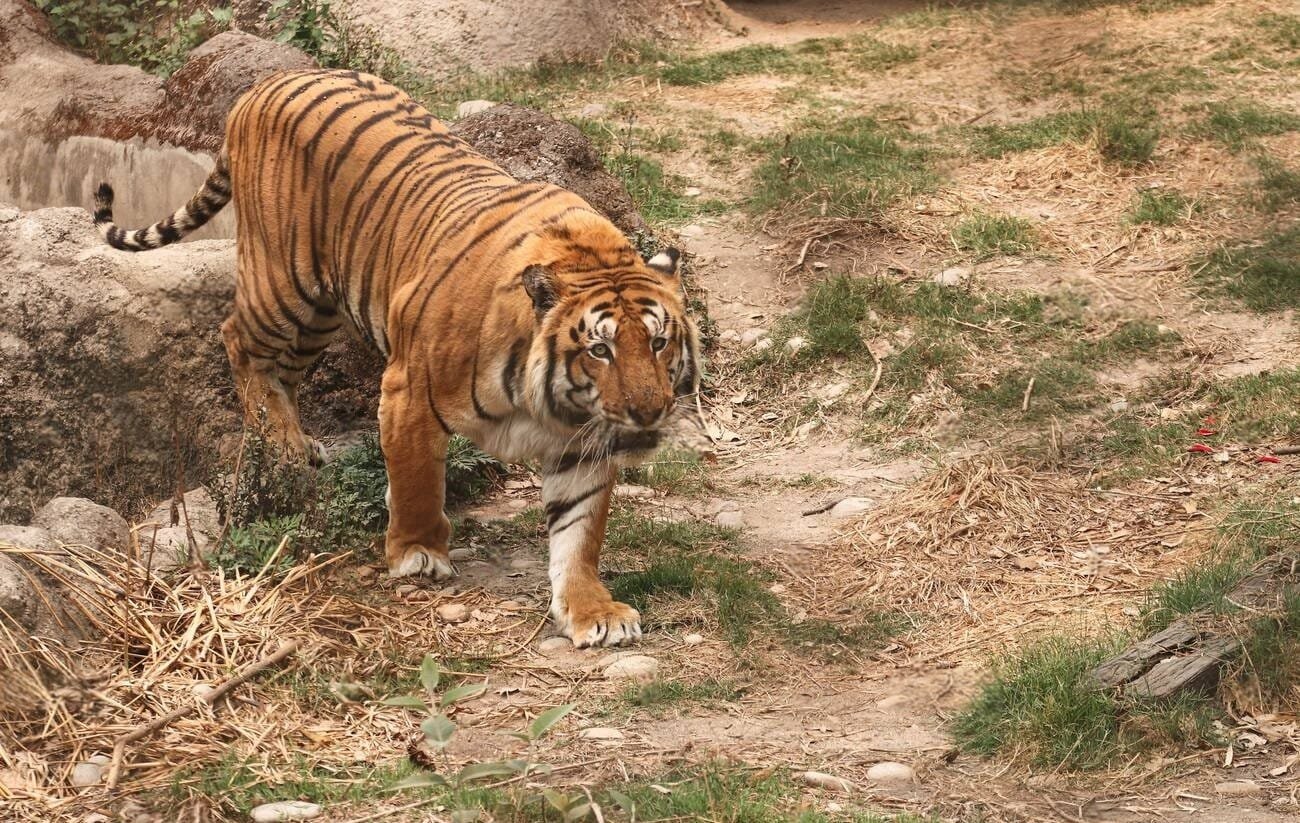This past Saturday, I decided to explore a different face of Kathmandu Valley, traveling on foot from Balaju to Patan. It was a spontaneous adventure, guided only by curiosity and the winding roads of the city.
The journey began in Balaju, heading towards a green refuge in the heart of the city known as the Garden of Dreams. Originally created by Field Marshal Kaiser Shamsher Jang Bahadur Rana in the 1920s, the garden was meant to be a European-style neo-classical retreat. With its fountains, pavilions, and lotus ponds, it provided the perfect pause in the chaos of the capital.
From there, I passed by the Kathmandu Sky Tower, a more modern landmark, before crossing the UN Park near the river. The route offered a mix of architecture, local street life, and unexpected beauty, eventually bringing me to Patan. I took time to visit Pimbahal Pokhari and the nearby Krishna Temple, where spirituality blends into the daily rhythm of the neighborhood.
Looking up suggestions online, one place kept popping up: the Central Zoo of Kathmandu. As an animal lover, I saw this as an opportunity to learn about Nepal’s approach to wildlife and perhaps discover new species. Still, I had reservations. In France, and across much of Europe, zoos have become a subject of ethical debate. Keeping wild animals in enclosures, often far from their natural habitats, is increasingly considered outdated or inhumane. I remembered the intense criticism surrounding Marineland in southern France, where large marine creatures like orcas were kept in small tanks and suffered visibly. So, I went to the zoo without judgement, simply with curiosity.
An Ambivalent Experience
The Kathmandu Zoo is both enchanting and troubling. On one hand, I saw many species I had never encountered before, and the park was full of laughing children. It was beautiful to see families enjoying nature together.
However, I was surprised by the condition of some of the enclosures, especially those of the bears and the rhinoceros, whose bodies bore visible scars. The contrast was striking when I visited the Bengal tiger area: two magnificent tigers were playing joyfully in a large, well-kept enclosure. But just nearby, the elephant stood alone, tethered between small concrete walls, looking visibly distressed.
That contrast stayed with me. I didn’t want to impose a European lens on what I saw, but I couldn’t ignore my discomfort. I wondered whether similar ethical debates were taking place locally, and it turns out, they are.
Behind the Scenes: Controversies and Hope
Several issues have surfaced in recent years. In 2013, Animal Nepal evaluated the zoo’s facilities using international criteria. Many enclosures were outdated, failing to meet proper animal welfare standards. In 2018, the zoo came under fire after receiving two former “dancing bears” named Sridevi and Rangila. Tragically, Sridevi died shortly after arrival, raising serious concerns about care and infrastructure.
A 2021 initiative called “Adopt an Animal”, launched to raise funds for animal care, received strong initial support, but many pledges went unfulfilled, leaving the zoo financially strained. The zoo even turned down a lion donation from India because its facilities didn’t meet the international requirements needed to host such a large predator.
Despite these controversies, there are hopeful signs. The Bengal tiger habitat is exemplary, and informational signs around the zoo are clear and educational. More importantly, a long-term vision may come to life in Bhaktapur, where a sanctuary model is being considered. This could provide larger, more natural habitats and shift Nepal’s approach to animal conservation.
The Bigger Picture: Rethinking Zoos
Zoos are complex institutions. On the one hand, they
- Protect endangered species, offering safe breeding grounds.
- Educate the public, helping both children and adults to connect with wildlife.
- Spark curiosity, encouraging future conservationists.
- Support local economies, creating jobs and tourism revenue. But there are downsides:
- Captivity can harm animal well-being, especially when enclosures are too small.
- Imported animals often suffer when kept in environments that don’t match their natural habitat.
- Many zoos prioritize spectacle over ethics, displaying exotic animals instead of prioritizing biodiversity.
Learn more about VIN’s efforts in animal welfare and education or Contact us for more details
So, what’s the future? One promising alternative lies in sanctuary-style parks, like the proposed one in Bhaktapur. These spaces combine education, ethical care, and ecological responsibility. They offer a chance to respect animals not only as spectacles, but as sentient beings with needs and dignity.
This visit left me with a mix of emotions, fascination, discomfort, and deep reflection. I was grateful to have discovered rare species and to see how committed some staff were to education and conservation. Yet I left thinking that more must be done. More space, more care, and a little more heart.
Perhaps it’s not just the animals we are learning about in these places, but our own humanity.

